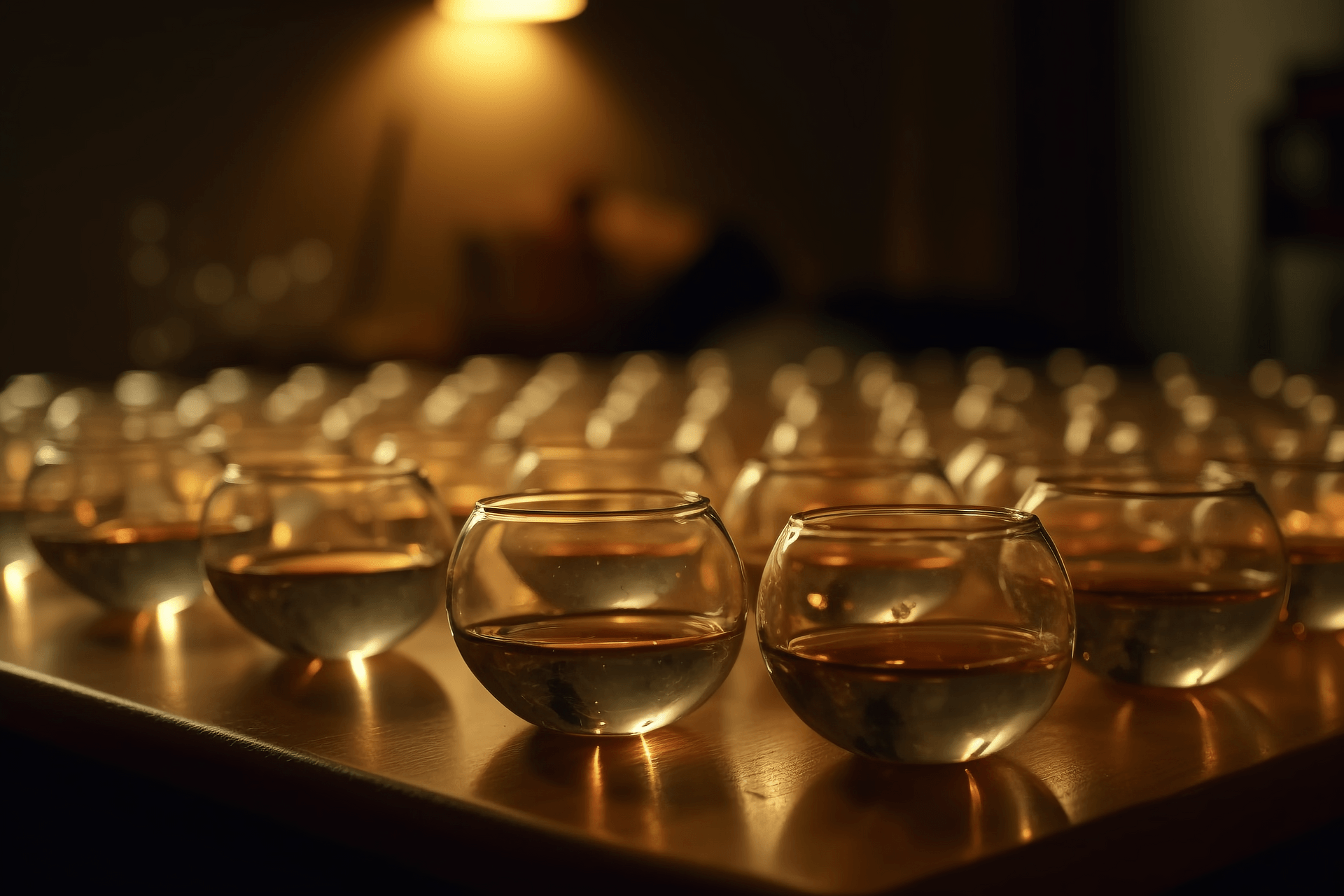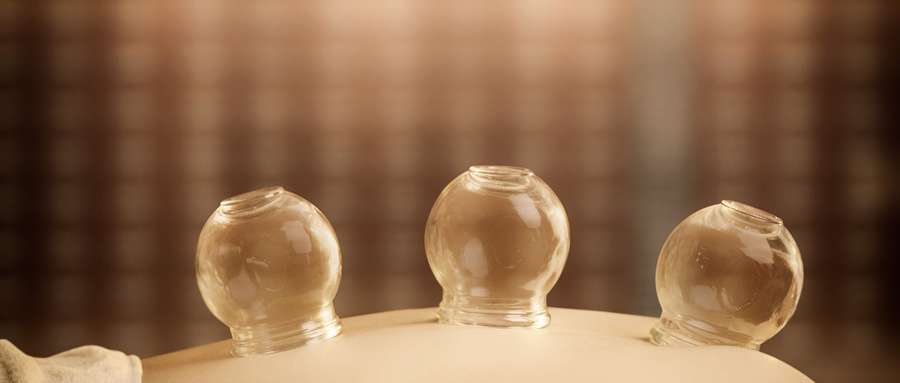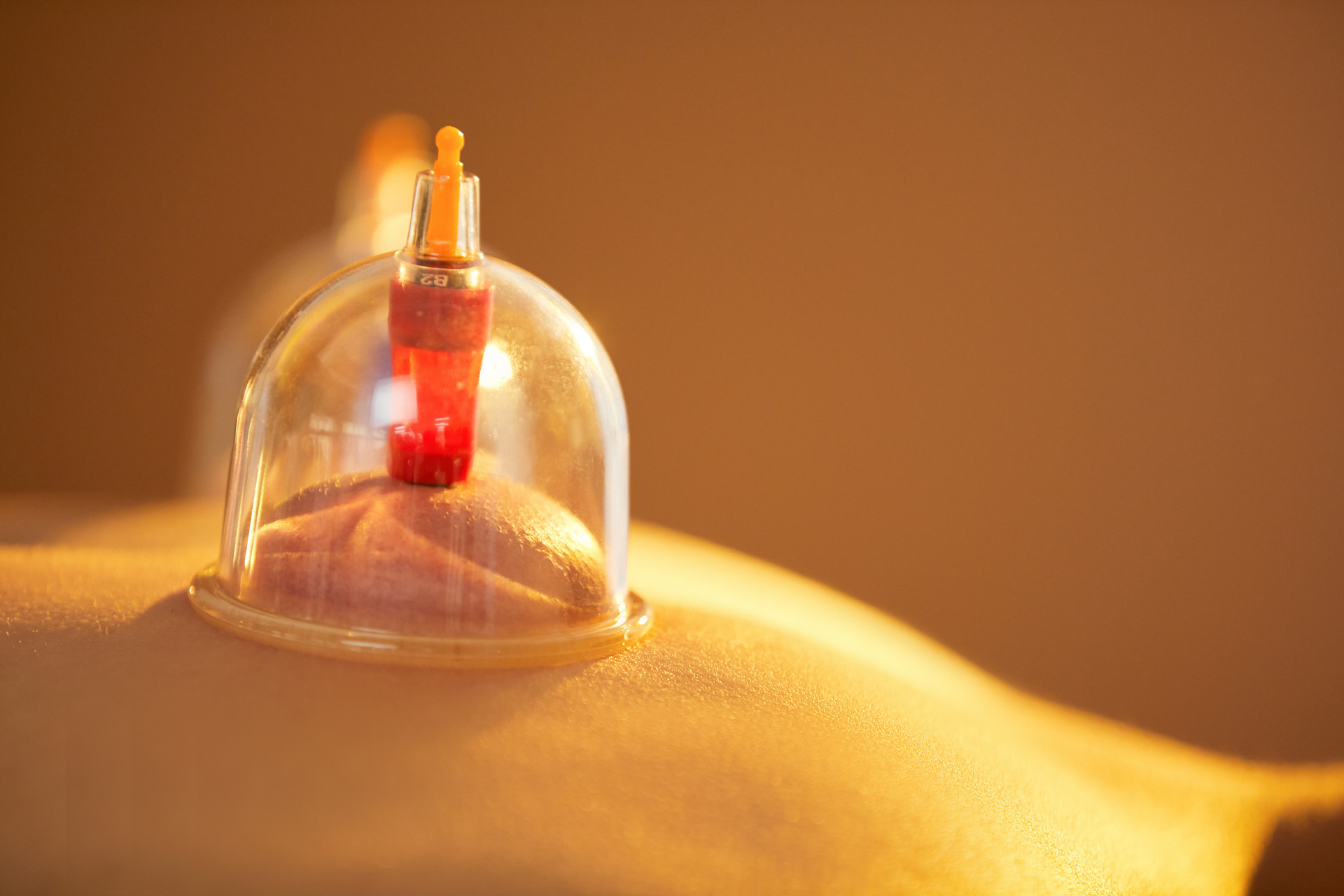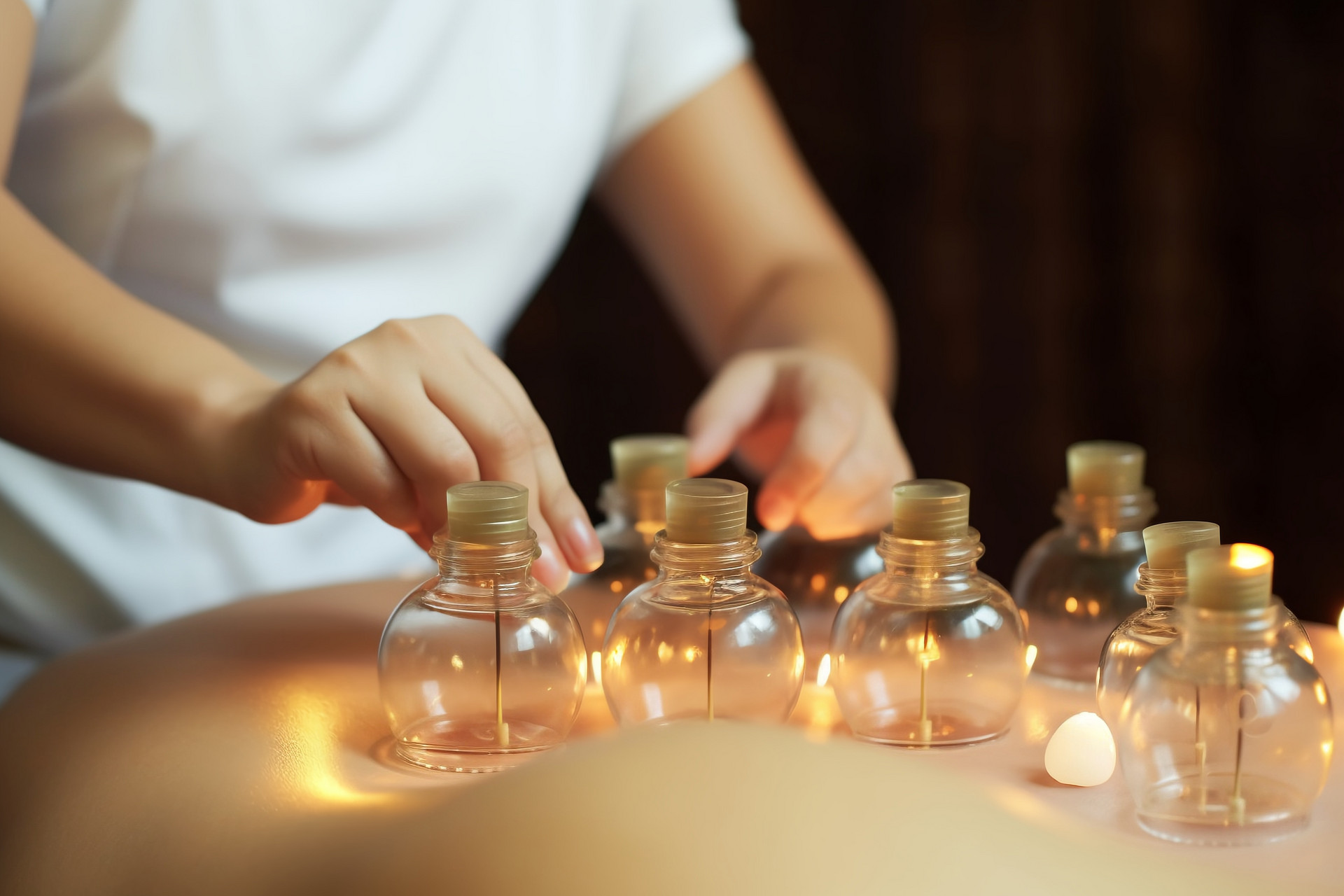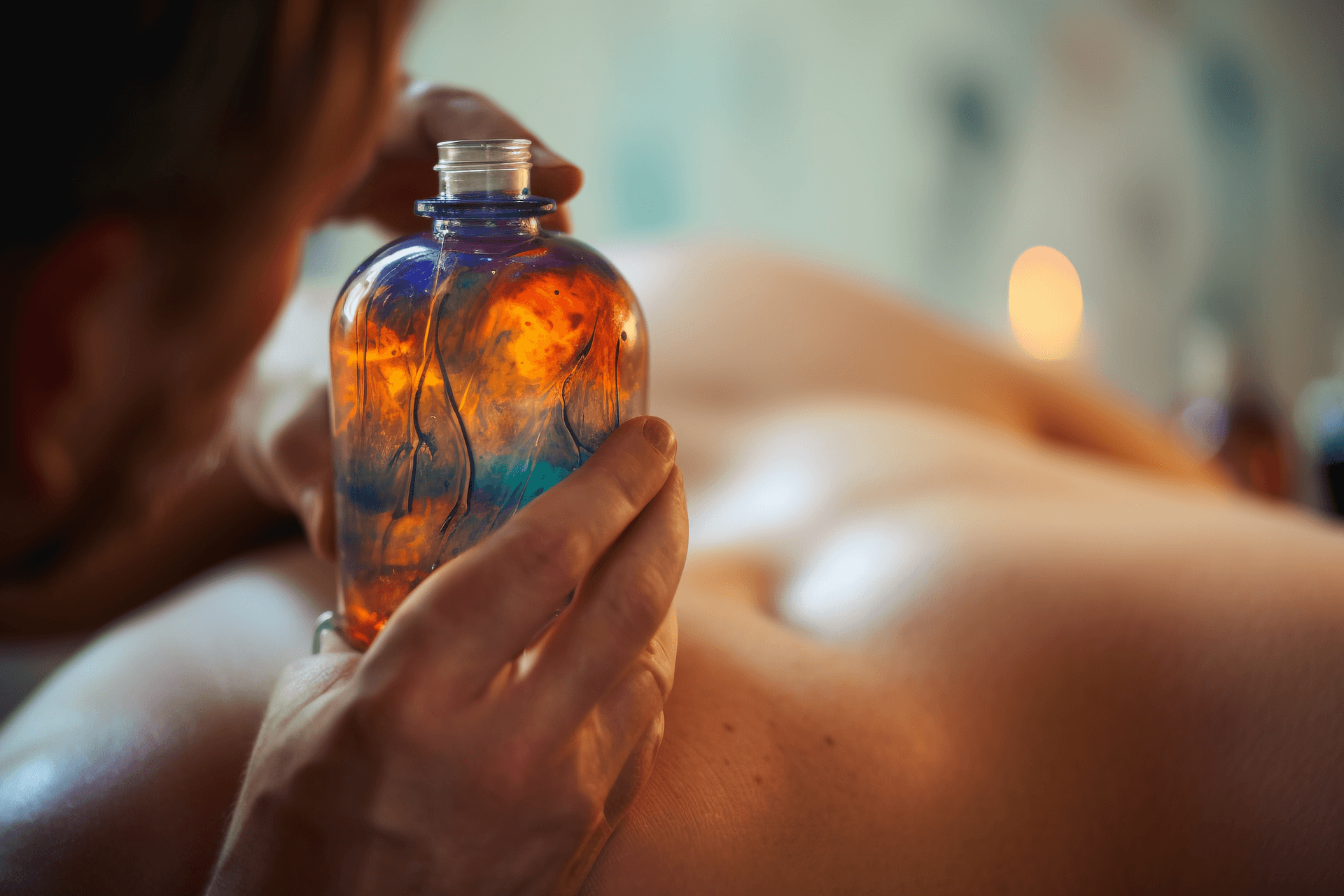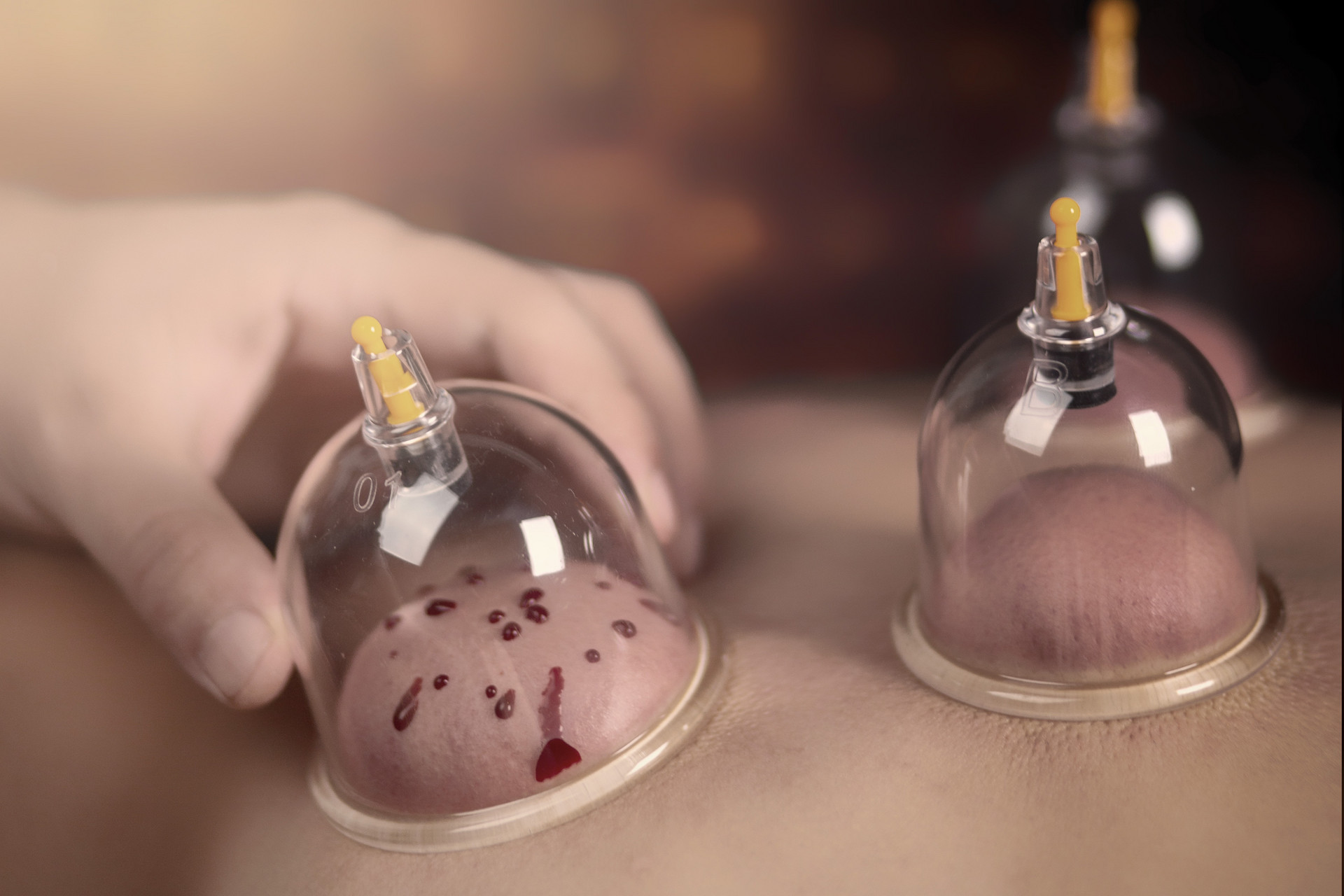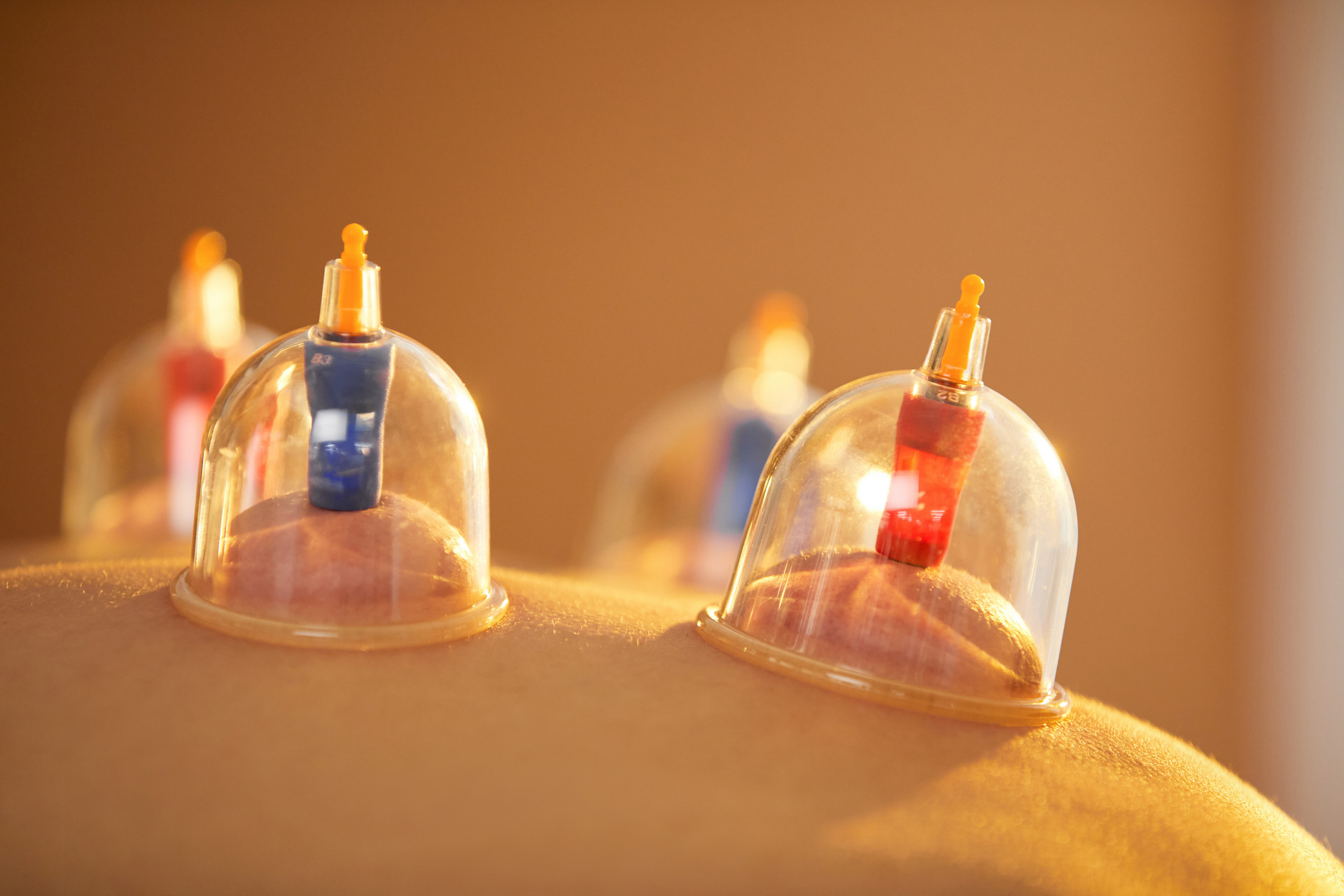(I) Operating Procedures
1. Preoperative Preparation
Thoroughly examine and inquire about the patient to determine if they are suitable candidates for cupping therapy and if there are any contraindications. Develop a treatment plan based on the patient's condition. Check if the necessary drugs, equipment, and cups are complete and perform disinfection. Explain to the patient the precautions during the cupping procedure, strive for the patient's understanding and cooperation, eliminate their fears, and enhance their confidence in the treatment.
2. Positioning
The correct positioning of cupping directly affects the treatment effect. The correct position should make the patient feel comfortable, muscles relaxed, and fully expose the cupping area. The following are the commonly used cupping positions:
(1) Supine position: Suitable for acupoints on the head, forehead, chest and abdomen, and the anterior aspect of upper and lower limbs.
(2) Prone position: Suitable for acupoints on the head and neck, shoulders and back, lumbar and sacral region, and the posterior aspect of upper and lower limbs.
(3) Lateral position: Suitable for acupoints on the sides of the head, face, shoulders, chest, and the lateral aspect of lower limbs, except for the areas in contact with the bed.
(4) Prone sitting position: Suitable for acupoints on the posterior part of the head, neck, shoulders and back, and lumbar and sacral region.
(5) Supine leaning position: Suitable for acupoints on the anterior part of the head, face, chest and abdomen, and anterior aspect of legs.
3. Cupping Equipment Selection
Based on the patient's physique, body fat, the area to be cupped, and the needs of the disease being treated, select the appropriate cups and cupping styles.
4. Pre-cupping Disinfection
After determining the treatment area, use a hot towel to clean the area, then use a disinfectant gauze to dry it before cupping. If acupuncture or pricking cupping is performed, alcohol or iodine should be used for disinfection. If the area to be cupped has hair, it must be shaved and cleaned before cupping.
5. Preheating the Cups
In autumn and winter or in cold weather, the cups should be preheated by heating them with fire or hot water to a temperature slightly higher than body temperature. The cup temperature should not be too high to avoid burning the skin.
6. Observing Reactions
After all the cups are applied, continuously observe the patient's reactions, inquire about their feelings, and promptly handle and adjust any discomfort. If the suction force is too strong and causes pain, release some air to reduce the suction force. If the suction force is too weak and the negative pressure is insufficient, remove and reapply the cups. If the patient experiences abnormal pain, dizziness, nausea, palpitations, or excessive bleeding from acupuncture cupping, immediately remove the cups and assess and manage the situation.
7. Cupping Duration
For large cups with strong suction, cups can be left on for 5-10 minutes. For medium-sized cups with moderate suction, 10-15 minutes is appropriate. For small cups with weak suction, 15-20 minutes is suitable.
8. Frequency of Cupping
For routine treatment, cupping is usually performed once a day or every other day. Every 10 sessions is considered one course of treatment, with a 3-5 day interval between courses.
9. Cup Removal
To remove an air suction cup, simply open the air valve on the top of the cup. For other types of cups, use both hands to gently press the skin near the cup opening and support the cup with the other hand. Once air slowly enters the cup, gently remove the cup. Avoid forcefully pulling or allowing air to enter too quickly, as it may cause skin damage and pain.
10. Post-cupping Care
In general, no special care is needed. If blisters occur on the skin due to prolonged cupping, disinfect a needle and puncture the blisters to release the fluid. Apply gentian violet solution to prevent infection. If there is bleeding from the needle holes in acupuncture cupping, apply pressure with a dry, sterilized cotton ball to stop the bleeding. If there is severe bleeding in a specific area, cupping should not be performed in that area again. After completing all the procedures, allow the patient to rest for 20 minutes before leaving.
(II) Precautions
(1) The room should be kept warm during cupping to avoid cold drafts that may affect the patient. The patient should choose a comfortable position, as changes in position during cupping may cause the cups to fall off.
(2) Cupping should not be performed on patients who are overeating, hungry, intoxicated, excessively fatigued, or have engaged in vigorous physical activity. Cupping should be postponed until these conditions have changed.
(3) When cupping, select cups with different diameters based on the different areas to be cupped. Generally, choose cups that are muscular, elastic, without hair, and have no prominent bones or joints.
| 1 2 > >> >>|


